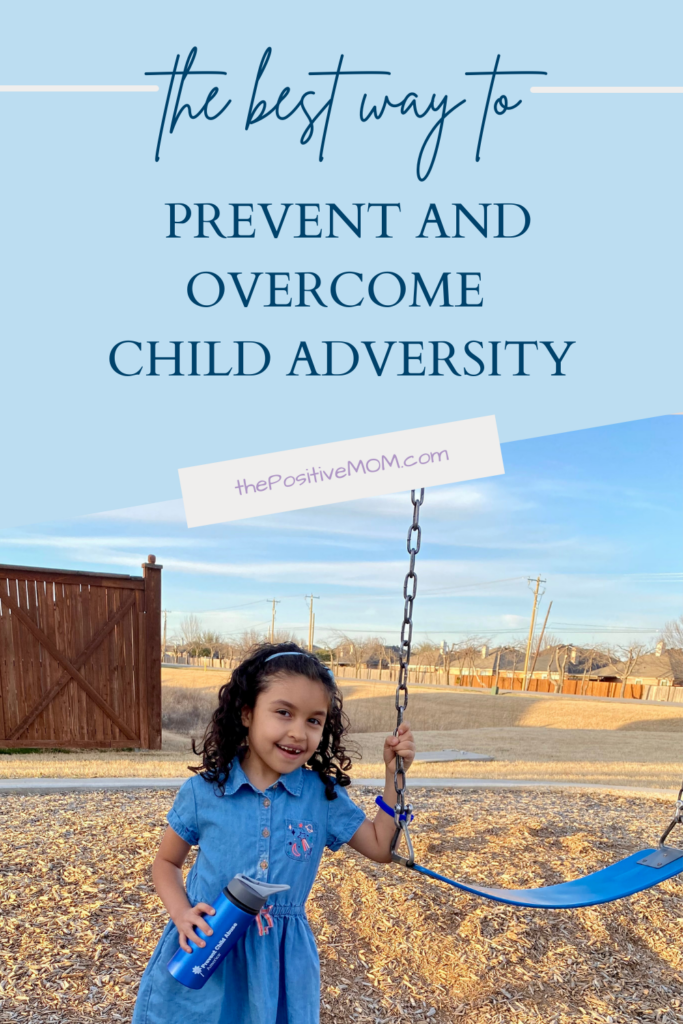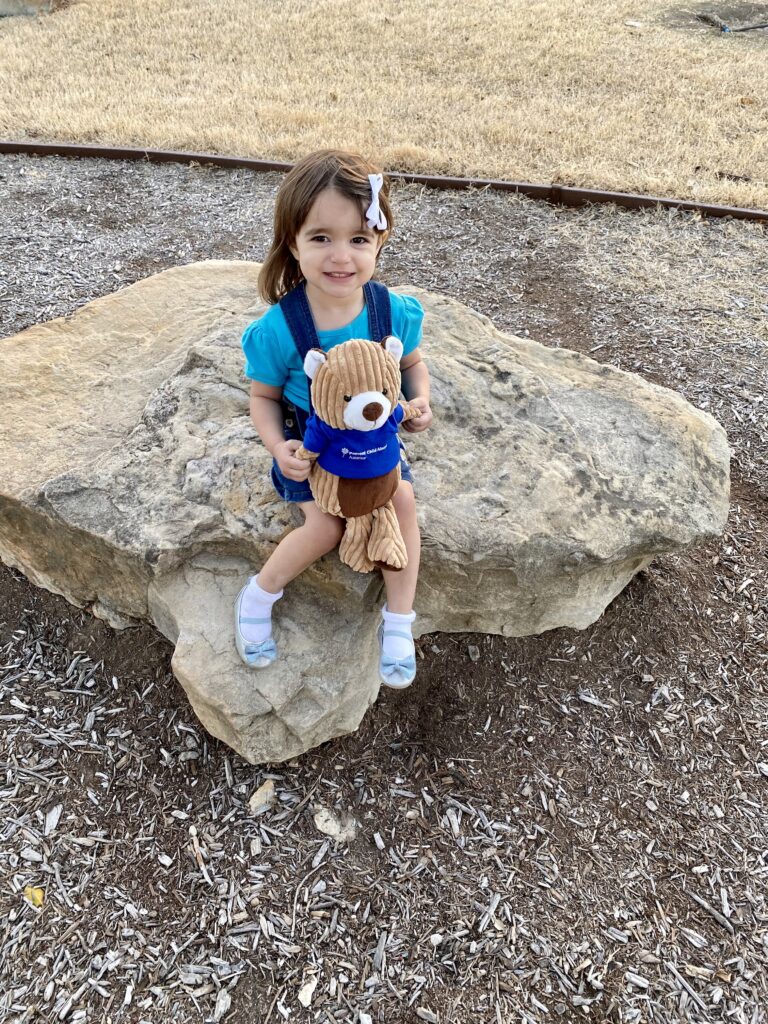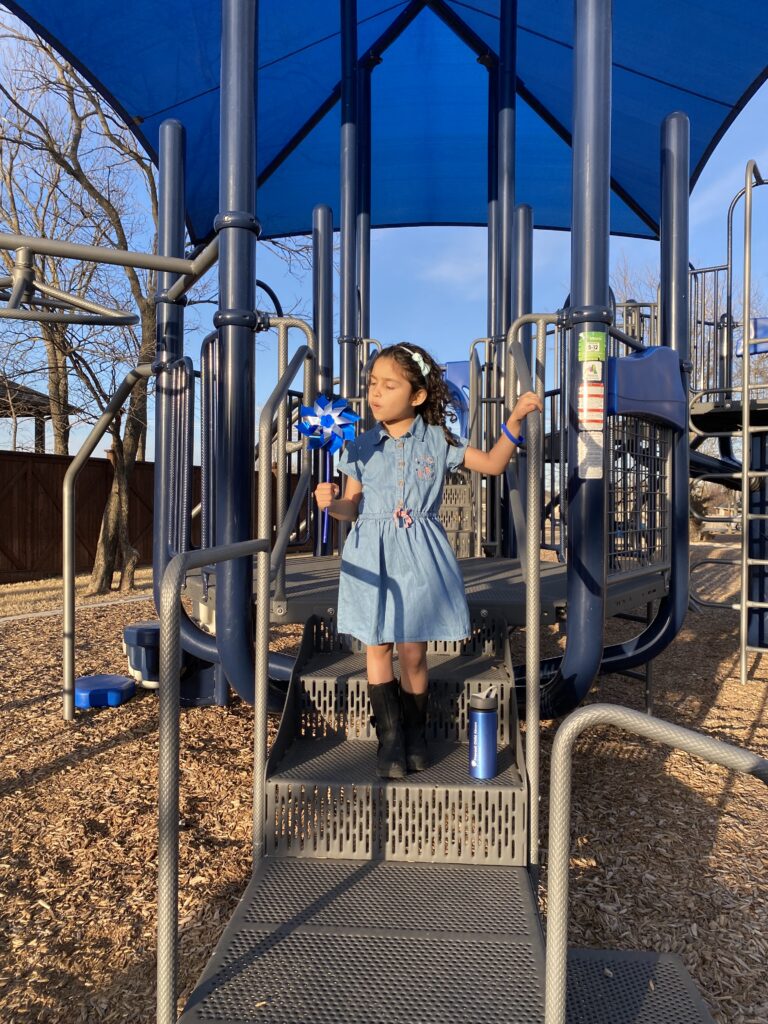
From the sight of a positive pregnancy test to the sound of a baby’s cry in the labor and delivery ward, the journey of motherhood begins.
That little baby is full of promise, preciousness, and potential. Every child is a child of God.
It’s a beautiful journey and it’s a hard one, too, no matter who you are.
Parenting is challenging at the best of times. But many of us moms, especially those of us who face racial inequities, start out with added pressures that make parenting even harder.
And when families suffer, our whole community, society, and world do – and likewise, when a family thrives, we all reap the benefits.
Childhood adversity affects more than individual families, it is costly to society. The economic and social costs to communities and society total billions of dollars each year.
The good news is that we can all work together to make sure every child has a safe, nurturing, and stable childhood. Healthy parents and healthy children contribute to a more productive, equitable, and flourishing society.
Reframing Our Childhood Adversity Stories
I grew up in a slum in the Dominican Republic and my childhood included many Adverse Childhood Experiences (ACEs). In fact, I scored a 9 out of 10.
ACES include physical abuse, sexual abuse, emotional abuse, physical neglect, emotional neglect, mother treated violently, substance misuse within the household, household mental illness, parental separation or divorce, and at least one incarcerated household member.
And there are two FALSE narratives that we could believe about my history:
1- These adverse experiences shaped my life and made me the strong woman I am today.
2- These adverse experiences set me up for failure and misery, and they have ruined my life.
So what then, is the truth about childhood adversity?
The truth is that you and I have more in common than you may think. You and I both had caring parents who did the best with what they had.
And what we’ve been through or haven’t been through does not need to determine the course of our life.
When children and youth experience serious adversity, such as witnessing domestic violence or experiencing emotional harm, we have a shared responsibility to buffer the impact.
Child neglect is more likely in families experiencing an overload of stress, because of the weight of poverty, mental health challenges, and systemic issues that make it hard for them to get access to proper health care, housing, and food. As a Latina single mom of four daughters, I can relate to all of these struggles quite intimately.
4 factors that boost children’s resilience in the face of adversity
When children go through difficult life experiences it is usually because parents are overburdened.
Evidence shows that because children and youth develop rapidly and these brain development stages are time-sensitive, trauma caused by childhood adversity events affects how the body responds to stress, putting children at lifelong risk. These include health issues, like mental illness, depression, heart disease, and substance use problems, as well as economic consequences such as diminished educational achievement and job opportunities.
But this can be an opportunity for us to make a difference, especially in advocating for systems and policies to shape the outcomes.
In fact, Harvard University’s Center on the Developing Child has identified four factors that can buffer children who have experienced adversity from negative long-term outcomes.
These factors include :
- Supporting strong relationships with adults
- Building the children’s sense of can-do
- Strengthening the child’s ability to manage their emotions
- Tapping into sources of hope such as faith or cultural traditions
What helped me overcome my childhood adversity was having safe, supportive, and stable people in my life.
Children thrive when they have regular interactions with responsive, caring adults who help lessen the load.
And because a child’s safe place can be a parent or not, a child’s safe environment can be home or not, that means that we all have a part in helping children.
When we all participate as individuals, as a community, as a society, we can help children that have experienced any type of child abuse and neglect. We can also help those that are at risk of abuse and neglect, by helping prevent it.
Understanding and Preventing Child Abuse and Childhood Neglect
I think we all have a general idea of what types of abuse and neglect exist. But I think the current narrative in childhood adversity is vilifying struggling parents and not getting to the root of this issue.
Child abuse is a public issue. We fail to understand the social conditions that increase the risk of adversity in childhood.
Most parents want to protect their children, provide adequately for them, and nurture them with love and care. I know I do.
And yet, Elisha was bullied at school when she was just seven years old. It was a devastating experience for her that caused our family grief and struggle.
I could not keep my child safe from adversity because I could not change two things:
#1 Racism against Hispanic communities
#2 Stigma against single mother households
I have since then become a U.S. Citizen so I can vote in favor of policies that strengthen family financial security. For example, boosting family incomes through tax credits or paid family leave can relieve the pressure, helping to head off childhood adversity before it happens.
I have become a more vocal advocate for inclusion, representation, and equity. I don’t just do this online, but also offline – when it’s most uncomfortable. Little steps like correcting people when they mispronounce my name (it’s eh-line-ah), and following my heritage traditions, reinforce the dignity in my identity.
Societal factors shape family life, and they affect families like mine. Yes, I’ve been on a proactive journey to care for my mental and emotional wellbeing so I can be a more present parent for my children.
This is why my blog exists, too. My mission is to provide these tools, skills, and strategies I have learned in my own healing so we can all be more positive, more present, and more patient.
I am privileged because I was able to thrive against all odds and with extreme sacrifice, but here’s the main reason childhood adversity happens:
Low or no access to proper family support services
So with that being said, there’s more that we can do together to prevent childhood adversity.
What does childhood adversity prevention look like?
Prevent Child Abuse America is the nation’s premier organization committed to preventing child abuse and neglect before it happens.
A pioneer in the field for the past 50 years, PCA America is uniquely positioned to lead the movement to help children and families thrive—today, tomorrow, and for generations to come.
According to PCA America, these are the components of childhood adversity solutions that work in the long term:
Affordable, accessible healthcare
Employment and economic self-sufficiency
Affordable, quality housing
Mental health supports
Family-friendly policies like paid family leave
Affordable and accessible childcare and education
Violence-free communities
Food security
Economic and concrete community-based supports
Of course, there are some practical short-term steps we as moms can take to promote child well-being. So let’s explore those!
Ideas on Child Abuse and Neglect Prevention
These are some simple ideas we can implement right now:
* Ask for help
In my work with ACEs, we’ve talked about “finding your 3,” but you don’t have to stop at that number.
One of the best decisions I ever made was connecting with an organization called Youth Haven when Elisha and Elyssa were 1 and 2. They had parenting classes, a support group of single parents where I could connect with other adults who were struggling and grieving like I was. They also had fun activities the girls enjoyed while connecting with other children.
Even though I felt alone – a lot – I was not alone. And neither are you.
Today, it’s even easier than it was 16 years ago. You can sign up for parenting tips and resources at BrightByText.org or for teen parenting strategies at ParentandTeen.com.
I asked my pediatrician a lot of questions, too, and she connected me with resources I had no idea about.
I slowly started to build a support network and made friends in my apartment complex, at work, and at church.
If you feel overwhelmed (and even if you don’t!) ask for help. There is always someone willing to provide support.
This is where PCA America comes into play.
PCA America works across public, private, and philanthropic sectors to develop more equitable systems to support all children, parents, and families—not just those in crisis.
Check out your community center or family resource center, connect with a Healthy Families America (HFA) site in your area. This is an evidence-based home visiting program developed by PCA America that promotes parenting and child wellbeing.
You can also explore the PCA America directory to connect with support services near you. These Family Resource Centers (FRCs) can provide access to food, transportation, education, health and care services, legal services, work programs, and financial services at no or low cost.
If you and your children already enjoy safe, nurturing, and stable people and environments, you can put these positive supports in place as prevention. You can also help other moms by sharing these resources with them.
* Prioritize your wellness
As I raise Eliana and Elydia and now that Elisha and Elyssa are young adults, I can see a direct correlation of how successful my parenting was or wasn’t to how I was caring for myself physically, mentally, and emotionally.
But let’s be real. When you grow up in adverse conditions, environments, and relationships, caring for yourself can feel like a chore. Taking time for myself felt like the complete opposite of the right thing to do, but it is the one thing I can do to reduce stress.
Self-care does not necessarily mean going to a spa day. That was unrealistic for me in those early years of single motherhood and it’s not even appealing to me now.
Taking good care of yourself can be avoiding substances, people, and places that are triggering. It can be eating healthy. Maybe it’s moving and stretching your body or even dancing to your favorite merengue (or anything you love!)
It can be going outside with the kids and breathing fresh air or sleeping as much as you can (I know this one is hard if you have a little one as I do).
The most important takeaway is that when we as moms invest time in self-care and in reducing our own stress, we can certainly react to our challenges in a more positive way. Parental resilience is key.
And because we know that preventing childhood adversity starts by eliminating the stresses that can overload parents, there are many simple ways to help other parents.
For instance, ask yourself: Who in your neighborhood, church, or company could use an hour of babysitting? Do you know a family that would be blessed if you brought them dinner? Or who could use a ride somewhere?
* Advocate for family-friendly policies from our elected leaders.
Whether you can relate or not to these struggles and risks, we can all help support preventive policies. This is how we make true change happen because childhood adversity happens because of systems rather than individuals.
We truly need systemic change to combat poverty, racism, and underinvestment in children which overload parents with stress.
Issues like housing discrimination, low wages, long commutes, and poor access to health care, can lead to toxic stress responses and risks for anxiety, depression, and other causes of child neglect. Research has shown that programs that benefit children and families benefit society.
At the PCA America’s Policy Action Center (link https://preventchildabuse.org/what-we-do/public-policy/policy-action-center/), you can take action with the click of a button to prevent many hardships that families face.
And if you are able, you can also donate to organizations that are committed to supporting families and preventing hardship and risk of child maltreatment.
Child Abuse and Neglect is Preventable and Solvable
Every child deserves the opportunity to grow up happy and healthy and we can all do something to help.
When we lessen the stress of family hardship, we prevent less tuned-in interaction from parents and, eventually, neglect and maltreatment.
When children grow up in a family where parents have reduced financial stress, isolation, or behavioral health challenges, and can enjoy positive experiences in school and community settings, they can thrive.
Even if they have already faced abuse and neglect, these positive nurturing relationships can buffer the negative impact. Positive supports and environments that help children learn and thrive counterbalance the weight of childhood adversity.
It is time to imagine a brighter and more just future for children, celebrate what’s possible, and take action toward helping them reach their full potential —regardless of race, gender, or socioeconomic background.
You and I know by experience that we parent better when we’re not overloaded with layers of stress.
Feeling overwhelmed limits our capacity to engage positively with our children. So let’s focus on fixing the conditions that lead to toxic stress, instead of fixing people.
Being a single mom and sole provider for my daughters is a source of immense pressure for me. The girls and I have been through tough times in which I wish I could have been more present. I had to prioritize earning an income and as a woman of color, many doors are closed for me.
Building a more equitable, healthy, and economically thriving nation is everyone’s duty and everyone’s opportunity! This can not only prevent child abuse and neglect, but promote greater wellbeing for children, families, and communities.
My life and my family are living proof that we can have positive outcomes despite negative experiences. Adversity is not destiny. My dream is to break the unhealthy cycles that trap our families.
I am committed to continuing to advocate for change in a system that works against communities of color. Child adversity is not a matter of race, it’s about racism.
It’s your turn! What do you do to help prevent and overcome child adversity? Let’s share our ideas on helping children get the proper care they need and avoiding potential harm.
Founder of the Positive MOM® and creator of the S.T.O.R.Y. System: a blueprint to craft and share powerful stories that will transform your results and help others do the same. Dr. Elayna Fernández is a single mom of 4, an award-winning Storyteller, Story Strategist, and Student of Pain. She’s a bestselling author, internationally acclaimed keynote speaker, and 5x TEDx speaker. She has spoken at the United Nations, received the President’s Volunteer Lifetime Achievement Award, and was selected as one of the Top Impactful Leaders and a Woman of Influence by SUCCESS Magazine. Connect with Elayna at thepositivemom.com/ef and follow @thepositivemom. To receive a gift from Elayna, click HERE.

Want to support the Positive MOM blog?
The mission of the Positive MOM blog is to help moms break trauma cycles, find peace, and feel emotionally whole, so they can practice supportive parenting and create a positive and healthy environment for their children. If you found Elayna’s content valuable, please consider donating a love offering to enable her to keep creating content and helping more moms worldwide. Donate HERE.



